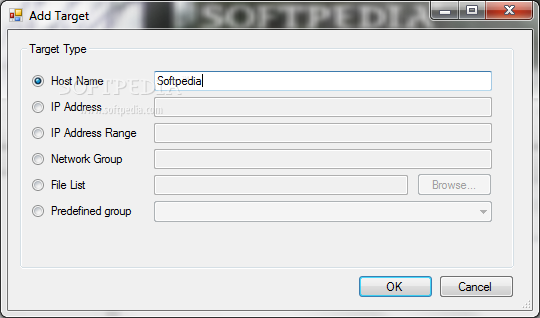

On the Select server roles page, click File and Storage Services, and then click Next. On the Select destination server page, select the appropriate server, and then click Next. On the Select installation type page, click Role-based or feature-based installation, and then click Next. In the QUICK START section, click Add roles and features. If it does not automatically start, click Start, type servermanager.exe, and then click Server Manager. Log on to the server as a member of the local Administrators group.
#Filelocator pro 8.1 wtp attached storage windows#
All servers in your file server configuration must have Windows Server 2012 R2 or Windows Server 2012 installed. To deploy Hyper-V over SMB, use one of the following procedures for your file server configuration. You must have separate failover clusters for Hyper-V and for the file server.

Loopback configurations (where the computer that is running Hyper-V is used as the file server for virtual machine storage) are not supported. Hyper-V does not block older versions of SMB, however, the Hyper-V Best Practice Analyzer issues an alert when an older version of SMB is detected. You can also use non-Microsoft file servers that implement the SMB 3.0 protocol. The file server must have Windows Server 2012 R2 or Windows Server 2012 installed, so the new SMB 3.0 protocol is available. The Hyper-V host must have Windows Server 2012 R2 or Windows Server 2012 installed.Ĭonsiderations when using Hyper-V with SMBĪn Active Directory infrastructure is required, so you can grant permissions to the computer account of the Hyper-V hosts. Hyper-V servers configured in a failover cluster Standalone Hyper-V servers (not a high availability solution) The two supported Hyper-V configurations for Hyper-V over SMB are: The three most common file server configurations for Hyper-V over SMB are a single-node file server, a dual-node file server, and a multi-node file server, as shown in the following figure.įigure 1 Common configurations for Hyper-V over SMB2 The servers running Active Directory Domain Services (AD DS) do not need to run Windows Server 2012 R2 or Windows Server 2012. One or more computers running Windows Server 2012 R2 or Windows Server 2012 with the File and Storage Services role installed.Ī common Active Directory infrastructure. One or more computers running Windows Server 2012 R2 or Windows Server 2012 with the Hyper-V role installed. Using Hyper-V with SMB has the following requirements: This topic includes sample Windows PowerShell cmdlets that you can use to automate some of the procedures described. You can reduce operating costs because there is no need for specialized storage expertise. Capital expenses (acquisition costs) are reduced.

You can use your existing converged network with no specialized storage networking hardware. You can dynamically migrate virtual machines or databases in the data center.Ībility to take advantage of existing investment in a converged network. You can manage file shares instead of storage fabric and logical unit numbers (LUNs). Listed below are the main advantages of storing application data for Hyper-V on SMB file shares:Įase of provisioning and management. With this capability, Hyper-V can store virtual machine files, which includes configuration, virtual hard disk (VHD) files, and snapshots, on SMB file shares. SMB 3.0 file shares can be used as shared storage for Hyper-V in Windows Server 2012 R2 and Windows Server 2012. Applies To: Windows Server 2012 R2, Windows Server 2012


 0 kommentar(er)
0 kommentar(er)
